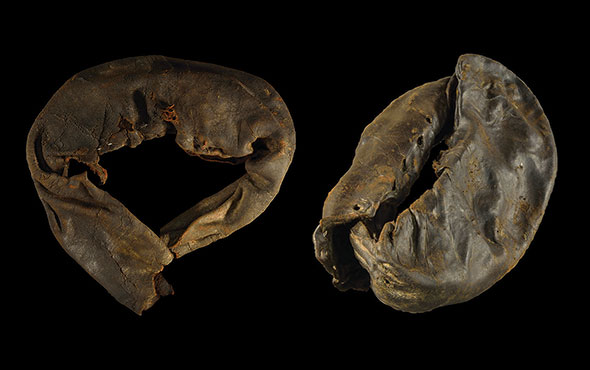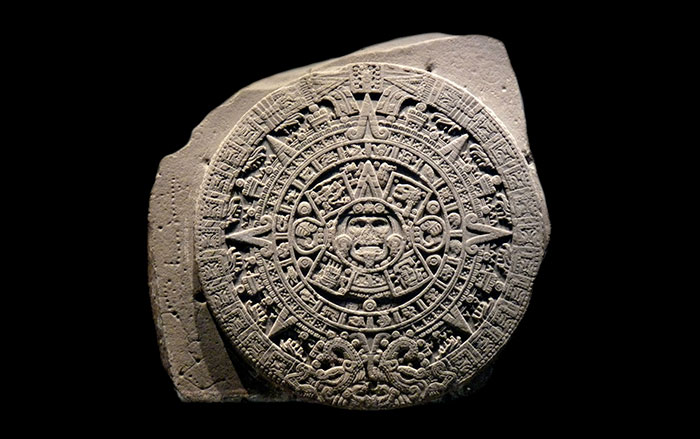
MILWAUKEE, WISCONSIN—According to a BBC News report, Peter Fernandez of Marquette University led a team of researchers who made 3-D scans of the toe bones of living and fossil primate species and human relatives, and compared them to scans of the toes of modern humans. The study suggests early hominins, beginning with Ardipithecus ramidus some 4.4 million years ago, would have been able to walk upright while still having an opposable big toe for climbing and grasping. The scientists found that hominin feet changed slowly and were versatile, with the modern big toe—and the commitment to upright walking—emerging later than other modern foot features. “It might have been last because it was the hardest to change,” Fernandez said. To read about recent study of the oldest known hominin footprints, go to “Proof in the Prints.”











